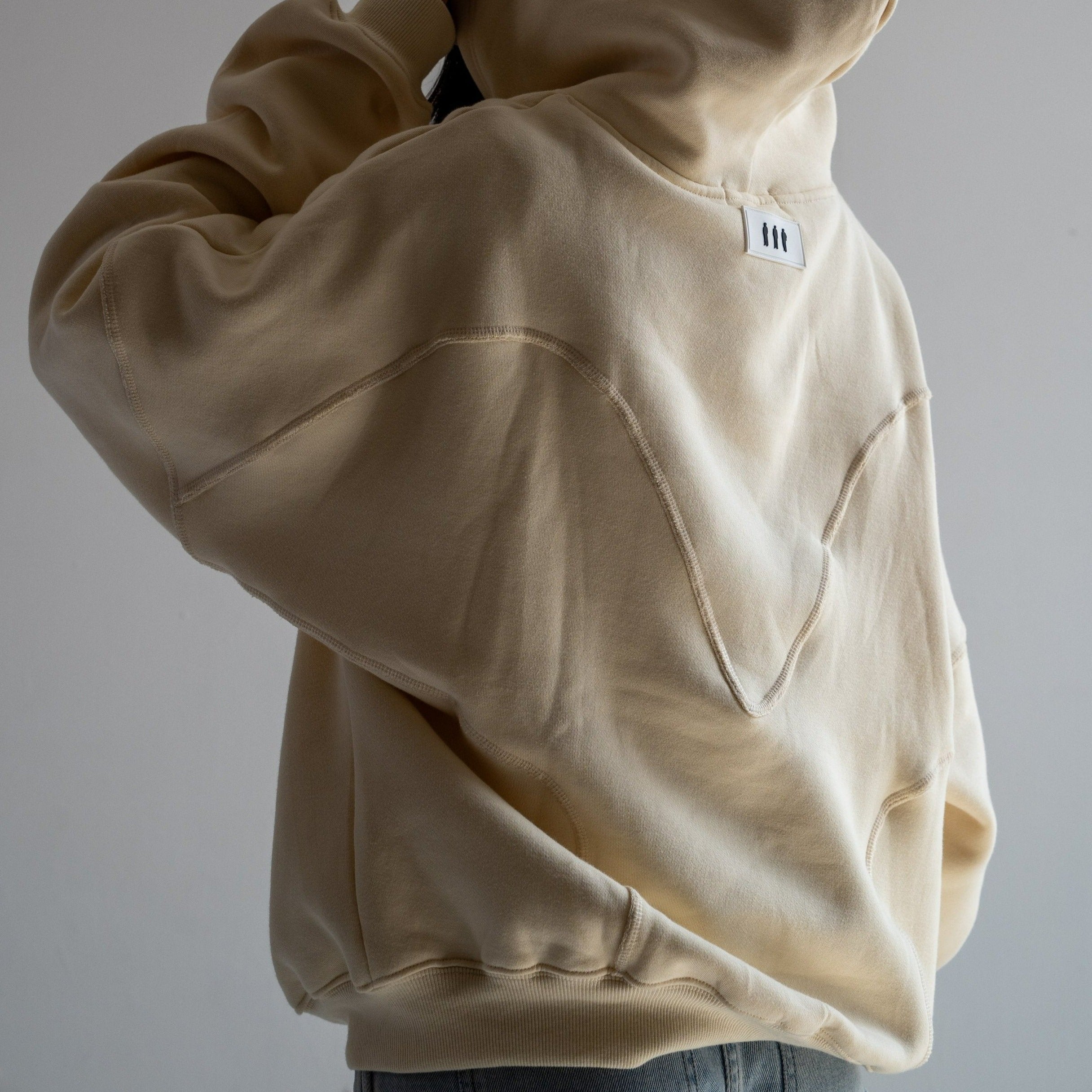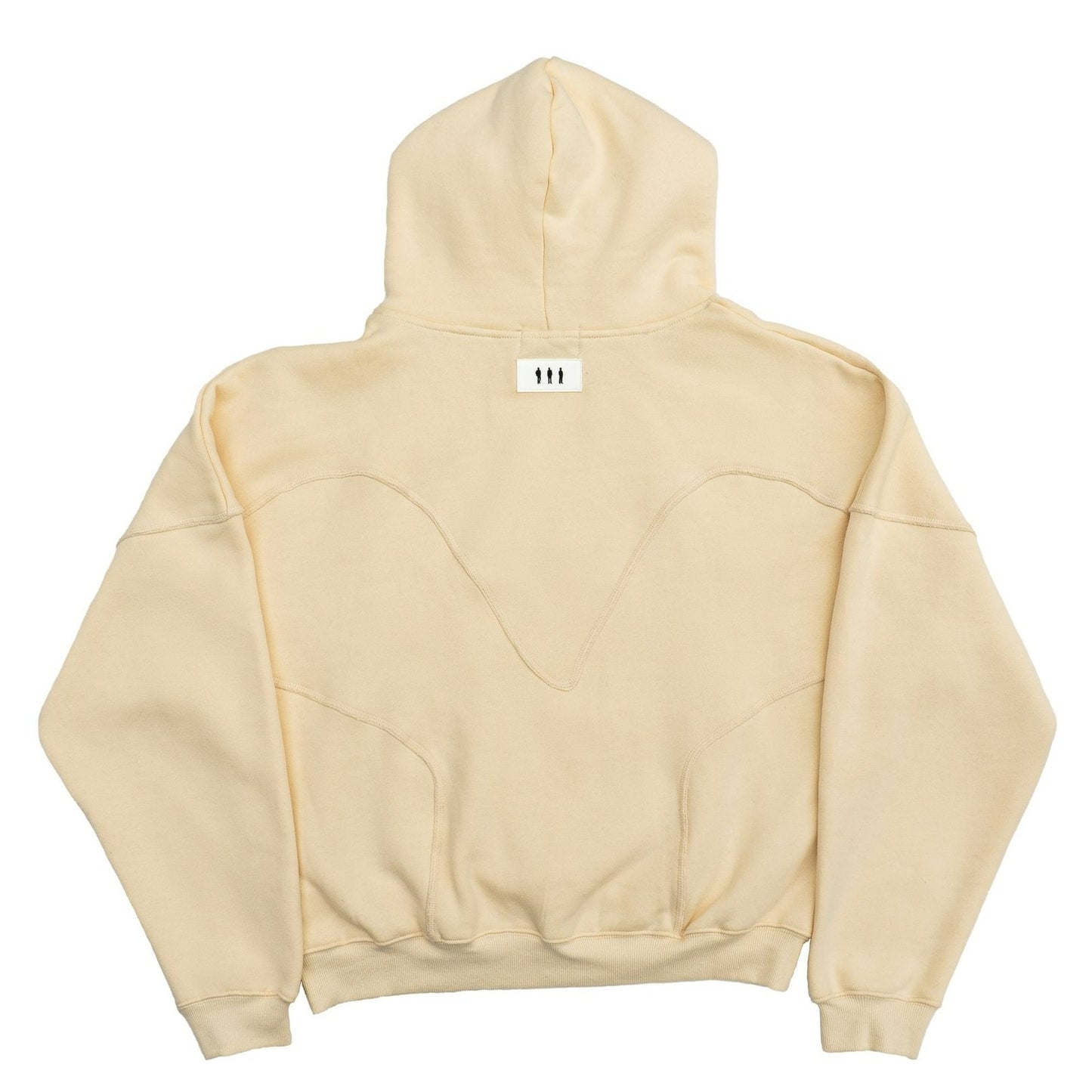The Vitriolic Hoodie: Unraveling Its Caustic Message
In an increasingly polarized world, where opinions clash and emotions run high, the way we express ourselves has taken on new dimensions. From social media rants to public protests, the language we use can be sharp, cutting, and at times, deeply hurtful. But what happens when this "vitriolic" expression transcends spoken or written words and becomes a tangible part of our everyday attire? This article delves into the phenomenon of the "vitriolic hoodie," exploring how a seemingly innocuous piece of clothing can become a canvas for intense, often bitter, and even corrosive messages.
The concept of a "vitriolic hoodie" might sound unusual, but it encapsulates a growing trend: the use of clothing as a direct, undeniable medium for expressing extreme, often hateful, viewpoints. Just as "vitriol" itself refers to "bitterly harsh or caustic language or criticism," a vitriolic hoodie carries a message designed to provoke, to offend, and to express profound disapproval or animosity. Understanding this trend requires us to look beyond the fabric and into the psychology, societal impact, and ethical considerations behind such potent sartorial statements.
Table of Contents:
- What Exactly is Vitriolic Language?
- The Evolution of Protest Wear and the Vitriolic Hoodie
- The Psychology Behind the Vitriolic Hoodie: Wearer and Observer
- Societal Implications: Free Speech vs. Hate Speech
- Ethical Considerations: For Brands and Individuals
- How to Respond to a Vitriolic Hoodie
- The Future of Expression and the Vitriolic Hoodie
- Conclusion: Dressing with Responsibility
What Exactly is Vitriolic Language?
Before we dissect the implications of a "vitriolic hoodie," it's crucial to grasp the essence of "vitriolic" language itself. The term "vitriolic" stems from "vitriol," which historically referred to sulfuric acid – a highly corrosive substance. This etymological root perfectly captures the destructive nature of vitriolic communication. As authoritative sources like Oxford Advanced Learner's Dictionary and 爱词霸 (Aiciba) confirm, vitriolic language is:
- "Bitterly harsh or caustic language or criticism."
- "Full of bitterness and hate, and so causes a lot of distress and pain."
- "Mean, nasty, and caustic as the worst acid, vitriolic words can hurt feelings, break hearts, and even lead to violence."
It's not merely strong criticism; it's criticism imbued with a deep-seated animosity, designed to inflict pain, damage reputation, or incite negative emotions. Consider the examples provided: "He launched a vitriolic attack on the prime minister, accusing him of shielding corrupt friends." Here, the attack isn't just critical; it's infused with a biting, corrosive intent. Similarly, "After he left her, she wrote a series of vitriolic emails to him" paints a picture of messages steeped in resentment and a desire to wound. This type of language isn't constructive; it's fundamentally destructive, aiming to tear down rather than build up, and its impact on mental and emotional well-being can be significant, touching upon YMYL principles by affecting one's life quality and psychological safety.
The Evolution of Protest Wear and the Vitriolic Hoodie
Clothing has long served as a powerful form of non-verbal communication, from uniforms signifying allegiance to fashion statements challenging norms. Protest wear, in particular, has a rich history, with garments bearing slogans, symbols, and images that convey political, social, or personal messages. Think of the anti-war t-shirts of the 1960s, the punk movement's defiant attire, or contemporary shirts advocating for social justice. These were often expressions of dissent, calls for change, or affirmations of identity, designed to raise awareness and foster solidarity.
The "vitriolic hoodie" represents a distinct, and arguably more aggressive, evolution of this trend. Unlike a simple protest slogan that might express disagreement or advocate for a cause, a vitriolic message on a hoodie goes beyond mere opposition. It embodies the "bitterness and hate" that defines vitriol. It's not just saying "I disagree with X"; it's saying "I despise X, and I want you to know it in the most cutting way possible." This shift reflects a broader societal trend towards more confrontational and polarized discourse, where nuance is often lost, and extreme positions are amplified, sometimes at the expense of civil dialogue.
From Slogan to Statement: The Power of Visual Vitriol
Why a hoodie, specifically, becomes a potent medium for vitriolic expression is worth examining. Hoodies are ubiquitous, comfortable, and often worn in casual, everyday settings. This very accessibility makes them an incredibly effective canvas for broadcasting messages. A statement on a hoodie is highly visible, worn directly on the body, and can be seen by countless individuals in public spaces – from crowded city streets to quiet suburban parks. It transforms the wearer into a walking billboard for their most intense convictions, making a profound, immediate statement without a single word being spoken.
The visual nature of a "vitriolic hoodie" amplifies its impact. A printed slogan, a provocative graphic, or even a specific color combination can convey a powerful, immediate message. This visual vitriol can be even more impactful than spoken words because it's a constant, undeniable presence, silently broadcasting animosity to anyone who sees it. Moreover, the semi-anonymity that a hoodie can sometimes afford (by obscuring parts of the face or hair) might subtly embolden wearers to display messages they might hesitate to voice directly, contributing to a sense of detachment from the consequences of their public display of animosity.
The Psychology Behind the Vitriolic Hoodie: Wearer and Observer
Understanding the phenomenon of the "vitriolic hoodie" requires exploring the psychological motivations of both the individual who chooses to wear such an item and the reactions of those who encounter it in public spaces. This interaction is a complex dance of intent, perception, and emotional response.
The Wearer's Intent: Expression or Provocation?
Individuals who choose to wear a "vitriolic hoodie" might be driven by a range of motivations, each contributing to the public display of harsh sentiment:
- Strong Conviction and Identity: Many wearers genuinely hold deeply negative views about a person, group, or ideology and feel a profound compulsion to express them publicly. For them, the hoodie is an extension of their identity and a declaration of their unwavering stance.
- Solidarity and Group Affiliation: They might be part of a group or movement that shares these vitriolic sentiments. Wearing the hoodie then becomes a symbol of belonging, reinforcing group cohesion and shared animosity against a common perceived enemy.
- Provocation and Confrontation: Some wearers intentionally seek to provoke a reaction, to offend, or to challenge perceived opponents. The "mean, nasty, and caustic" nature of the message is precisely the point; it's designed to elicit a strong emotional response.
- Empowerment Through Anonymity: For some, the hoodie provides a sense of empowerment, allowing them to express aggressive sentiments they might otherwise suppress in direct conversation. The garment acts as a shield, creating a psychological distance between the wearer and the message's recipient.
- Seeking Attention: In some instances, the motivation might be simply to gain attention, even if it's negative attention. The shock value of a vitriolic message can ensure that the wearer stands out.
- Misguided Expression: In rare cases, a wearer might not fully grasp the severity or offensive nature of the message, or they might believe they are simply exercising free speech without understanding the fine line between strong opinion and harmful vitriol.
Regardless of the specific intent, the act of wearing a "vitriolic hoodie" is a deliberate choice to project a message that is inherently negative and often designed to cause distress or division. This choice carries significant weight and responsibility.
The Observer's Reaction: Discomfort or Agreement?
The impact of a "vitriolic hoodie" on observers can be profound and varied, directly influencing the social atmosphere and individual well-being:
- Distress and Pain: As the definition states, vitriolic language "causes a lot of distress and pain." Seeing such a message can be deeply upsetting, particularly if it targets a group or individual with whom the observer identifies. This emotional impact is a key YMYL consideration, as it directly affects mental health.
- Fear and Intimidation: Depending on the message and context, a vitriolic hoodie can create an atmosphere of fear or intimidation, especially if the message is perceived as threatening or promoting violence against certain groups.
- Disapproval and Rejection: Many observers will react with strong disapproval, viewing the message as hateful, inappropriate, or simply rude. This can lead to social ostracization of the wearer or even direct confrontation.
- Agreement and Reinforcement: Conversely, individuals who share the vitriolic sentiment might feel a sense of agreement or even solidarity with the wearer, reinforcing their own negative views and potentially emboldening them to express similar sentiments.
- Polarization and Division: The overt display of such animosity contributes significantly to societal polarization, making dialogue and understanding between different groups more difficult. It creates an "us vs. them" mentality that erodes social cohesion.
- Desensitization: Over time, repeated exposure to vitriolic messages, even on clothing, can lead to a desensitization effect, where such extreme expressions become normalized, lowering the bar for acceptable public discourse.
The psychological impact on observers, particularly those targeted by the vitriol, underscores why the "vitriolic hoodie" is more than just fashion; it's a social statement with real-world consequences for mental and emotional safety.
Societal Implications: Free Speech vs. Hate Speech
The rise of the "vitriolic hoodie" inevitably brings us to the complex and often contentious debate surrounding free speech and hate speech. While democratic societies generally uphold the fundamental right to free expression, this right is rarely, if ever, absolute. Most legal frameworks recognize limitations, particularly when speech incites violence, defamation, harassment, or promotes discrimination. The crucial question then becomes: where does a "vitriolic hoodie" fall on this intricate spectrum?
Messages that are "full of bitterness and hate" and "cause a lot of distress and pain," as the definition of vitriolic suggests, often border on, or cross into, the territory of hate speech. Hate speech, unlike mere offensive speech, typically targets individuals or groups based on protected characteristics (e.g., race, religion, gender, sexual orientation, disability) and aims to promote hatred, discrimination, or violence against

Cream Oversized Hoodie – Vitriolic

Cream Oversized Hoodie – Vitriolic

Cream Oversized Hoodie – Vitriolic